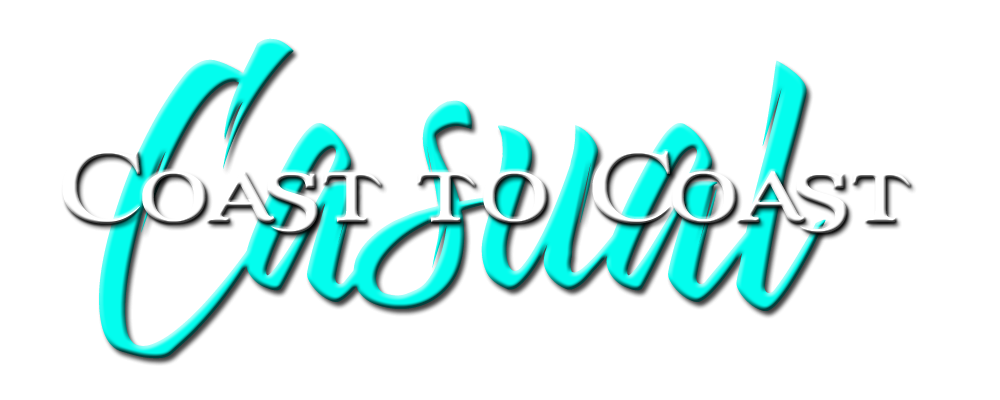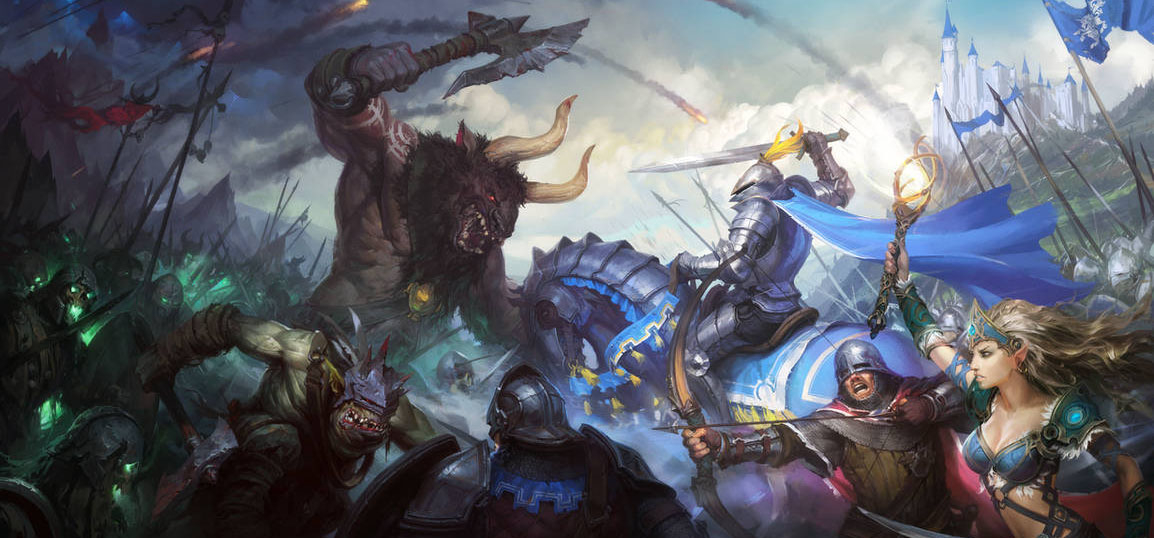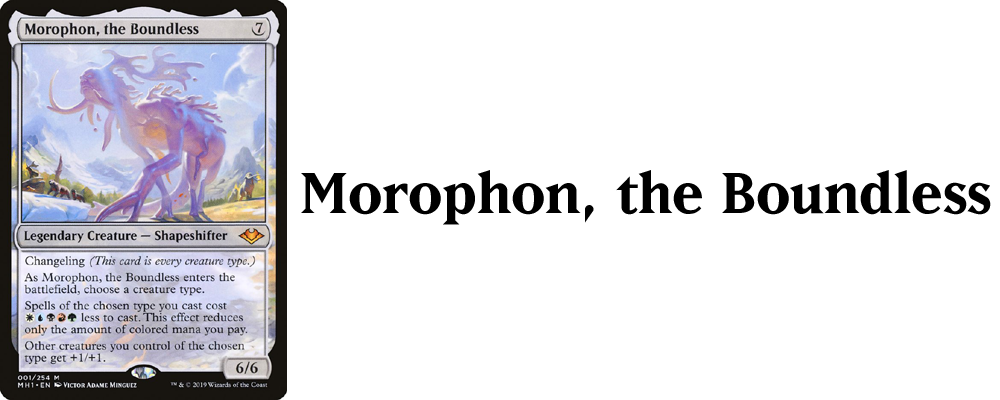
The Return of CCC
Welcome back folks, it’s been far too long. As always I’m East2West, and this is Coast to Coast Casual. Before getting into this month’s article I want to quickly discuss a small change to CCC.
For most of CCC’s time it’s sort of been my place to write about whatever MTG thing caught my fancy that month, but I’d like to give it a more consistent tone starting from here forward. I want to focus more on the design aspects of Magic, concepts and ideas that will help us all in our journey to create the best Magic cards we can. I’ll still write the occasional lore or general topic article, but CCC will mainly now be about design. I hope you’ll all stick with us through that change.

This month I want to discuss two of the subtler parts of Magic design that highlight the tricky balance we have to strike as designers; Utility and Player Intention. This article will be using EDH as its reference point, but the lessons apply to all formats.
To do this, let’s take a look at three different cards that are all meant to fill similar roles, and while each succeeds, they do so to varying degrees that change their reception and usage to insane degrees. These three cards are Morophon, Golos and Sisay from Modern Horizons
To start, let's get the framework established. Magic players are wild people who will make decks whether or not there is any official support for them. This is an important part of Magic as a game, the concept of decks representing their pilots. It’s an aspect of the game somewhat lost in more competitive, meta-driven, formats but something that thrives in EDH. Pet cards, unusual strategies, and completely janky themes are an integral part of what makes EDH the special beast that it is! But this is also where the duality of utility and intention comes into play.
Take our first of the three cards we’ll discus today for example;

Morophon represents the middle of the scale here. While it is undeniably a powerful card, it also supports weaker themes that are likely to never get any direct support from WotC. For examples of this just scroll through some Morophon decks on Moxfield. You’ll find a myriad of combo decks featuring tribes like Slivers and Elementals, but you’ll also find everything from Zuberas to Mercenaries.
To truly show the duality of utility though, let’s take our next two side by side.

Golos and Sisay are both extremely powerful commanders in a vacuum, but only one of them is currently banned in the format. So why is that when both have similar power ceilings and support unusual strategies?
My working theory on this is that where Sisay guides the deck brewer in a vague direction, Golos is a blank slate on which anything can be applied. The builds I’ve seen most often helmed by Sisay are vorthos style theme decks, shrines (Prior to Go-Shintai), and Background tribal. Golos on the other hand tends to always be some variety of five color “Every combo piece I own” or “Good stuff”. This isn’t to say there aren’t degenerate Sisay builds too of course, but it seems people are more willing to innovate with Sisay.
So what lessons can we as designers take away from all this?
For my money, the most important lesson here is that players won’t always do what you expect them to with the pieces you give them.
In the 2019 article “What Core Can I Say - Part 1” Mark Rosewater discusses the creation of Golos. Specifically he says “As more and more players are playing Commander, we're trying to make sure that every set has some tools for the format.” and “Golos was designed as a simple five-color Commander that helps your mana, something most five-color Commander decks need.”
This shows that Golos was not designed to intentionally fuel the explosive combo decks he ended up helming, but was instead meant to be a simple and effective commander for players trying to edge into the format.
When making cards it’s important not only from your own perspective, but from that of all varieties of players. It’s easy to look at your own designs and imagine them utilized how you intend them to be, but more often than not there will be things far beyond what you think are possible that can be done with them.
This is where utility meets player intention, let’s loop back around and look at our examples.
Morophon and Sisay are both powerful, but provide some direction to the player. Tribal and Legendary strategies are baked in for them to work off of, both limiting their power and providing something of a blueprint for brewers to go wild with. Golos on the other hand is such a generically powerful piece that any deck can utilize it, meaning eventually you’ll get a long list of wildly overpowered decks with a sprinkling of truly creative ones hidden within.
Players want to have fun of course, but they also want to win. It’s important to remember not everyone is going to use something like Golos to create a deck that skips its own turn.
Thanks for reading folks, as always I’ve been East2West. I’d love to talk more about utility and player intention in the comments below. And if you’d like to contact me directly you can email me at East2Westmtg@gmail.com or find me on twitter at East2Westmtg. See y’all next month!
East2West is one of our contributing Cardsmiths, who always enlivens our community with her insightful commentary and masterful observations in the world of Magic! We are proud to host her CCC series here on MTGCardsmith. For more of East2West's articles check out our past blogs!
